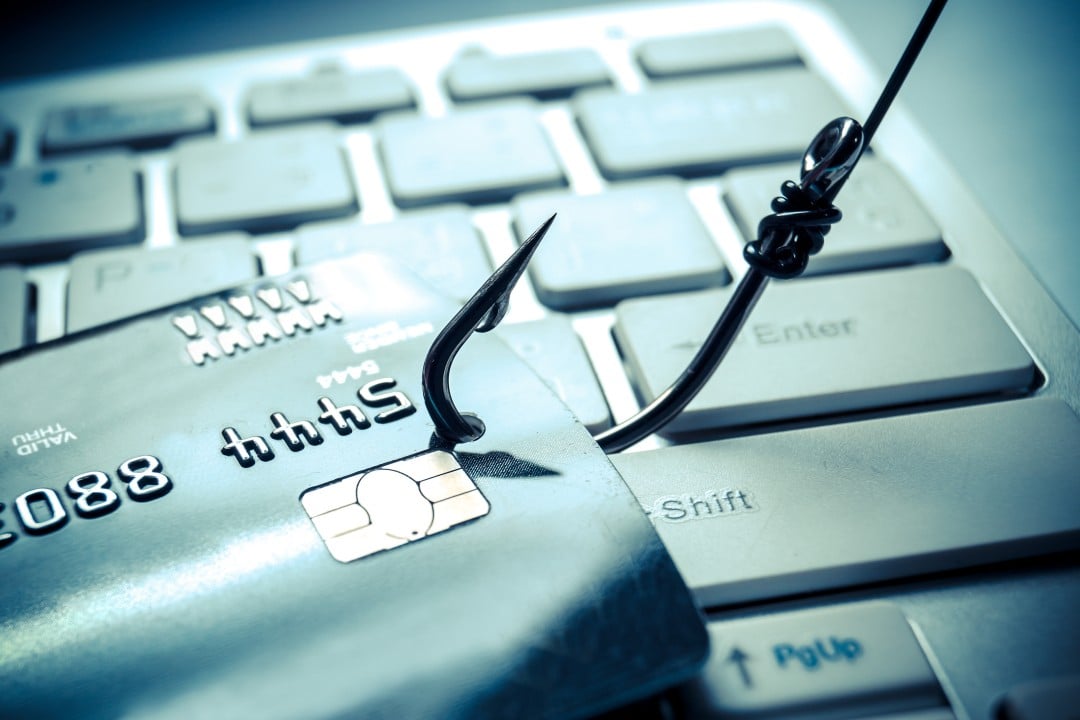No products in the cart.

Phishing is possibly the most common type of cyberattack, being the vehicle for credential theft and malware distribution. It first appeared on the scene in the 80s and has grown exponentially since then, with over 40,000 unique phishing campaigns reported by research organisation APWG each month. Worryingly, 97% of users would be unable to detect a sophisticated phishing attack, so what do we need to look out for? And how can we protect ourselves? Go Phish! The word phishing is a “catch-all” term for fraudulent activity designed to capture credentials, credit card details or other sensitive information. It may also mean the mechanism by which an attacker distributes malicious content to infect a device or network with ransomware, usually via an e-mail attachment. We’ve probably all been the target of a generic consumer phishing campaign, with messages supposedly from Amazon, Netflix, or our e-mail providers asking us to reset our passwords. These....
Subscribe
0 Comments